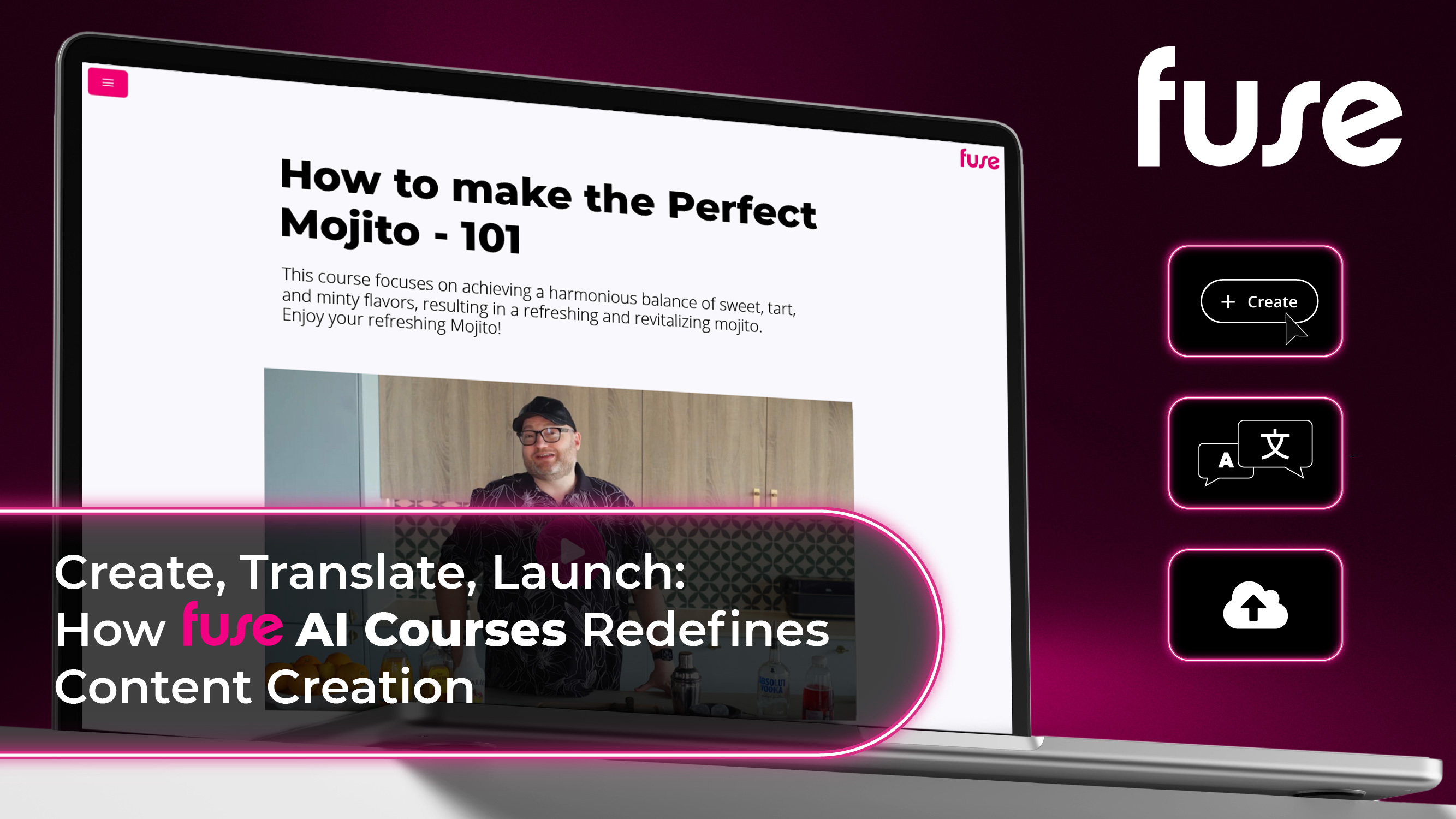-1.jpg)
Designing Learning for the Real World: Moving Beyond Our Own Biases
In learning design, it's all too easy to assume that what works for us will work for everyone. We might favour certain formats, lengths, or styles simply because they resonate with our own experiences. But when we project our preferences onto learners, we risk creating programmes that miss the mark.
Steve Dineen, CEO of Fuse, recently highlighted this issue, noting that true engagement comes from understanding diverse needs—from neurodiversity to language backgrounds. By designing for the whole audience, not just ourselves, we create greater impact.
The Pitfall of Designing for Ourselves
It's natural to draw from personal experience when creating learning content. However, this approach can inadvertently exclude those with different learning styles, cultural contexts, or accessibility needs. For instance, a text-heavy module might suit avid readers but alienate visual learners or those with dyslexia.
Moreover, assuming a one-size-fits-all model can overlook the varied technological access and digital literacy levels among learners. In an increasingly global and remote workforce, these considerations are more critical than ever.
Embracing Inclusive Design Principles
To create effective learning programmes, consider the following strategies:
-
Engage Diverse Perspectives: Involve individuals from varied backgrounds in the design process to uncover blind spots and ensure content relevance.
-
Prioritise Accessibility: Ensure materials are accessible to all, including those with disabilities. This includes providing transcripts for videos, using readable fonts, and ensuring compatibility with screen readers.
-
Offer Multiple Formats: Present content in various formats—videos, podcasts, interactive modules—to cater to different learning preferences.
-
Solicit Continuous Feedback: Implement mechanisms for learners to provide feedback, allowing for ongoing improvements and adjustments.
The Role of Learning Analytics
Leveraging learning analytics can provide insights into how different groups engage with content. By analysing data on participation rates, completion times, and assessment results, educators can identify patterns and adjust programmes accordingly. For example, if data reveals that non-native English speakers consistently struggle with certain modules, it may indicate a need for language support or content simplification.
Moving Forward
Designing effective learning programmes requires a shift from an inward-focused approach to one that centres on the learner's experience. By acknowledging and addressing our biases, embracing inclusive design principles, and utilising data-driven insights, we can create learning experiences that are engaging, accessible, and impactful for all.
As Steve Dineen aptly puts it, by designing for the whole audience—not just ourselves—we create greater impact.

